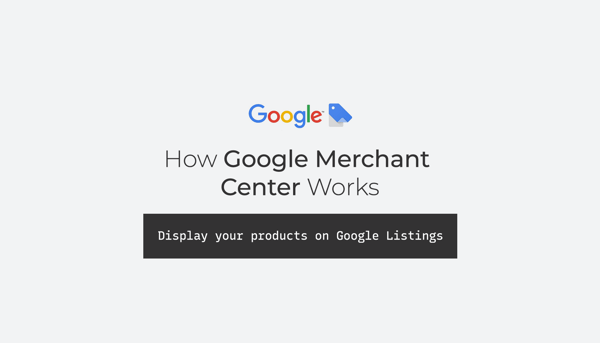For expert advice on using location ads, we reached out to our friends at GroupM, one of the world’s largest digital media agencies.
How and why do you use location ads to drive foot traffic to locations? What advantages do these types of ads have, compared to other ad types?
We have an iterative approach to working with Location Marketing, and once the foundation and setup is set on client’s owned media, we approach location ads from the paid search side depending on the search maturity of the client.
Depending on search behavior and search volumes, we have two preferred ad types from Paid Search and Google Ads when the goal is to drive foot traffic.
If the service or product is well known with high search volumes and users normally perform a search before converting, then text ads are the best option.
If your brand is unknown or search volumes are low, then Local Campaigns in Google Ads, which are specifically designed to drive foot traffic, are a great option.
Text ads with location extensions and ad text tailored to your locations are a great way of pulling traffic to local dealers while Local Campaigns are a great way of pushing traffic to local dealers. Text ads serve users actively looking for your location, while Local Campaigns help you find users relevant to your business.
Can you share any examples of effective location ads or location ad strategies you've used?
-
Chain of auto repair shops: The main goal for the client was to drive bookings, but we pointed out that there were three different ways that the customer could take to complete a booking. Besides booking online, the customer can also contact customer service or visit a repair shop directly to make a booking.
We wanted to understand how the “conversions” were distributed, and value them based on their importance and bid for total return on ad spend. Bookings can in almost all cases be made two days in advance at the earliest. That opened the possibility to, besides online bookings and customer service contacts, also include Store Visits in conversions, but only if the conversation happens within 48 hours after the ad click.
Thus we only track “spontaneous visits” (where the customer is likely to have gone directly to the shop for a booking) and minimize the risk of recording duplicate conversions from online bookings/calls from the same customer. -
Fast food chain: We use Local Campaigns in Google Ads to drive visitors to the restaurants. These ads are mainly shown in a short radius from each address, and to people most likely to visit the restaurant. We focus our marketing messages on daily/weekly/monthly deals or to display new products.
We’ve also used similar content and messages in Google Discovery Ads which has been very effective, since the search volume for relevant terms usually is very low. This way we use other ad formats instead of text ads to reach the potential customer.
It’s all about reaching the right audience with the right message in the right time to make them spontaneously visit the restaurants. -
Car manufacturer: Since you can’t buy a car online in most cases, you usually need to visit a dealer. This is the closest to a completed sale that we can track how effective our advertising on Google’s platforms is. A part of our location marketing project has therefore been to set up a Google My Business account for all the client’s dealers. This way we can track if an ad click leads to a physical visit at one of the dealers even if the client doesn’t own the location themselves. We can then together with the client and the dealers assign an estimated value to a Store Visit based on their average conversion rate from visitors.
-
Retail: We work with clients that sell their products both online and in stores. Online sales is usually the main focus when it comes to performance marketing, but in many cases it’s common to do research online and then buy in-store.
Online marketing can be equally as important in this case, but we need to find different ways to measure the value. A good start is usually to make sure your Google My Business is set up the right way, assign a relevant conversion period (number of days) that you want to record Store Visits after an ad click, and assign a value to each visit based on your average in-store conversion rate and the average value of each paying customer.
How important is it to have the right setup and infrastructure in place when running these campaigns?
Like so many channels, building our paid and earned media efforts on a solid content and owned media foundation is critical. Within location marketing, that foundation is accurate and consistent location data across the client’s website and various maps and social platforms.
Without that foundation, even if we manage to engage the target audience through location ads, it is too easy to lose them if we deliver a poor or confusing customer experience through having inconsistent data, or even negative ratings and reviews that we are not responding to.
It’s all interconnected in delivering a great experience that leads to more conversions.
What might you miss out on if you don’t have the right setup when running these campaigns?
Without the right Google My Business setup, we would risk delivering a poor customer experience and driving customers to non-existent storefronts!
Having the right setup in place is also critical for measurement. Without the right setup, we are not able to track Store Visits or show correct addresses in location extensions in Google Ads.
Thanks to the GroupM contributors:
Alexander Alm – Paid Search Specialist, GroupM
Joel Sandberg – Head of Paid Search, GroupM
Scott Roemermann – Director of Owned Media, GroupM

.png?width=600&name=Googles-WhatsApp-and-SMS-Integration-with-Business-Profiles%20(1).png)
